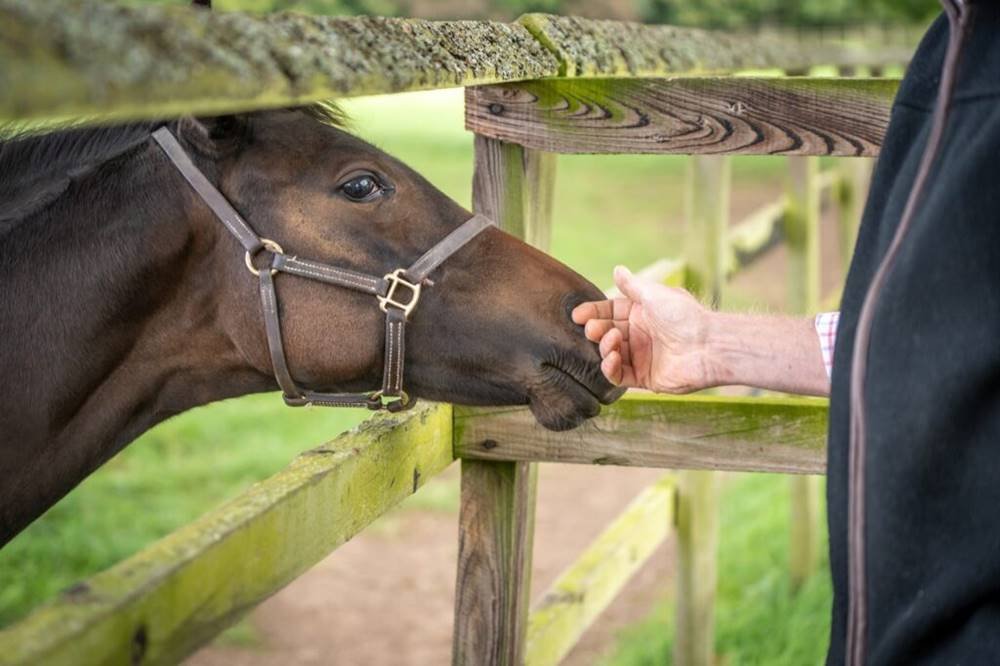When you hear the term “filly,”
you might picture a young, energetic horse galloping in a field. But what exactly makes a horse a filly? In this blog, we’ll explore the definition of a filly, how they differ from colts, their development stages, and tips for caring for these spirited young horses.
What is a Filly?
A filly is a young female horse that is typically under the age of four. Once a filly reaches four years old, she is usually referred to as a mare. The term “filly” is used to differentiate female horses from males, which are called colts when they are young and stallions when they mature. This distinction is important not only for identification but also for breeding and training purposes.
Differences Between Fillies and Colts
While both fillies and colts are young horses, there are some key differences:
- Gender: The most obvious difference is gender. Fillies are female, while colts are male. This difference affects their physical development, behavior, and training needs.
- Behavior: Fillies can sometimes display different behavior patterns compared to colts. While colts may exhibit more aggressive tendencies as they mature, fillies often display social behaviors that are more nurturing and playful.
- Development: Fillies may mature physically and emotionally faster than colts. This can influence their training and handling as they grow. Typically, fillies are often easier to train due to their more docile nature.
Stages of Development for Fillies

Fillies go through several developmental stages that shape their growth and training:
- Foal Stage (Birth to 6 Months): This is when a filly is born and starts to nurse from her mother. During this stage, she is very playful and curious. Foals begin to stand and walk shortly after birth, and they spend a lot of time bonding with their mothers and exploring their surroundings.
- Weanling Stage (6 to 12 Months): Around six months, foals are typically weaned from their mothers. This stage is crucial for their socialization with other horses and humans. Weanlings will begin to learn basic manners and how to interact with their peers.
- Yearling Stage (12 to 24 Months): At this age, fillies start to grow rapidly and develop more defined personalities. They become more independent and can often be more challenging to handle. Training during this stage should focus on groundwork and building trust.
- Young Filly (2 to 3 Years): As they approach two years old, fillies begin to show signs of maturity, both physically and mentally. This is an important time for training, as they can start learning more advanced skills. However, they may still display youthful energy and spunk.
- Mature Filly (3 to 4 Years): By three to four years, fillies are nearing full maturity. They may begin their training for specific disciplines, whether it be dressage, jumping, or racing. At this point, they are usually referred to as mares once they turn four.
Caring for Fillies
Proper care and training are essential for fillies to ensure they grow into healthy, well-adjusted mares. Here are some tips:
- Nutrition: Providing a balanced diet is crucial for a growing filly. Ensure she receives high-quality hay, pasture, and the right amount of grains and supplements. Consult with an equine nutritionist for a tailored feeding plan.
- Socialization: Fillies benefit from spending time with other horses. This helps them develop social skills and learn horse-to-horse communication, which is vital for their emotional development.
- Training: Start with groundwork to establish respect and trust. As she matures, gradually introduce riding and specific training techniques based on her temperament and discipline.
- Healthcare: Regular veterinary check-ups, vaccinations, and dental care are essential for her overall health. Keeping up with these can prevent potential issues as she grows.
- Safe Environment: Ensure her living space is safe, clean, and spacious. A proper environment helps reduce stress and supports her physical well-being.




